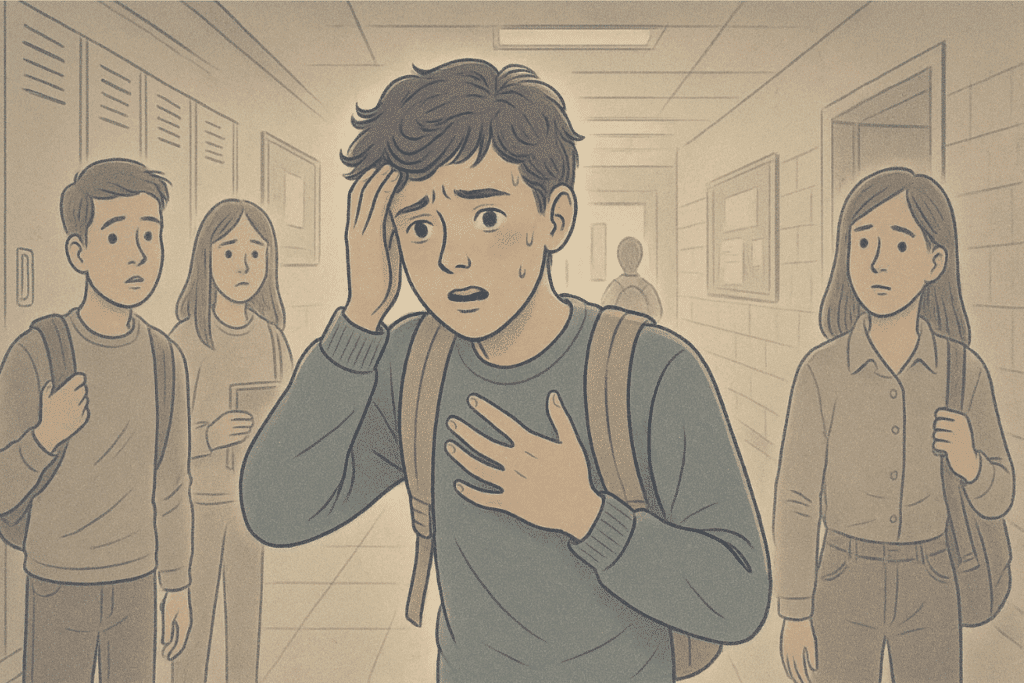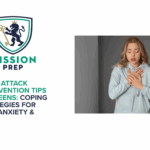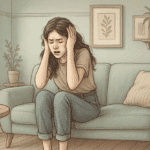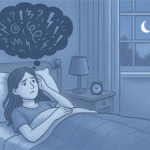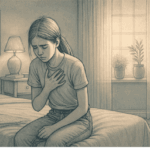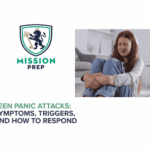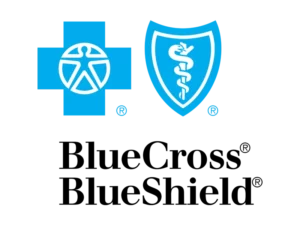Key Takeaways
- Panic attacks come in three primary types: unexpected, situational, and nocturnal, each with distinct triggers and manifestation patterns.
- Physical symptoms of panic attacks can include racing heart, chest pain, shortness of breath, and dizziness.
- With proper treatment and support, most adolescents can learn to manage panic attacks and reduce their frequency and intensity.
- Mission Prep provides evidence-based treatment for adolescent panic attacks using CBT, exposure therapy, medication when needed, and family involvement to achieve lasting recovery.
Panic Attacks Explained
A panic attack is an intense surge of fear that triggers severe physical and psychological reactions when no real danger is present. These episodes typically peak within minutes and can leave adolescents feeling drained and confused.
While many people experience a panic attack once or twice in their lifetime, recurring attacks may indicate panic disorder or another anxiety condition.
Most panic attacks last between 5 and 20 minutes, although some symptoms can persist longer. What makes them particularly challenging for adolescents is their unpredictability and the intense physical sensations that accompany them.
Understanding the different types of panic attacks, can better help you process and manage this challenging mental health condition.
Mission Prep Healthcare specializes in mental health treatment for teens aged 12-17, offering residential and outpatient programs for anxiety, depression, trauma, and mood disorders. Our therapies include CBT, DBT, EMDR, and TMS, tailored to each adolescent’s needs.
With a structured, supportive environment, we integrate academic support and family involvement to promote lasting recovery. Our goal is to help teens build resilience and regain confidence in their future.
Understanding the 3 Types of Panic Attacks
1. Unexpected Panic Attacks
Unexpected panic attacks, also called spontaneous or uncued panic attacks are attacks that occur without any obvious trigger or warning.
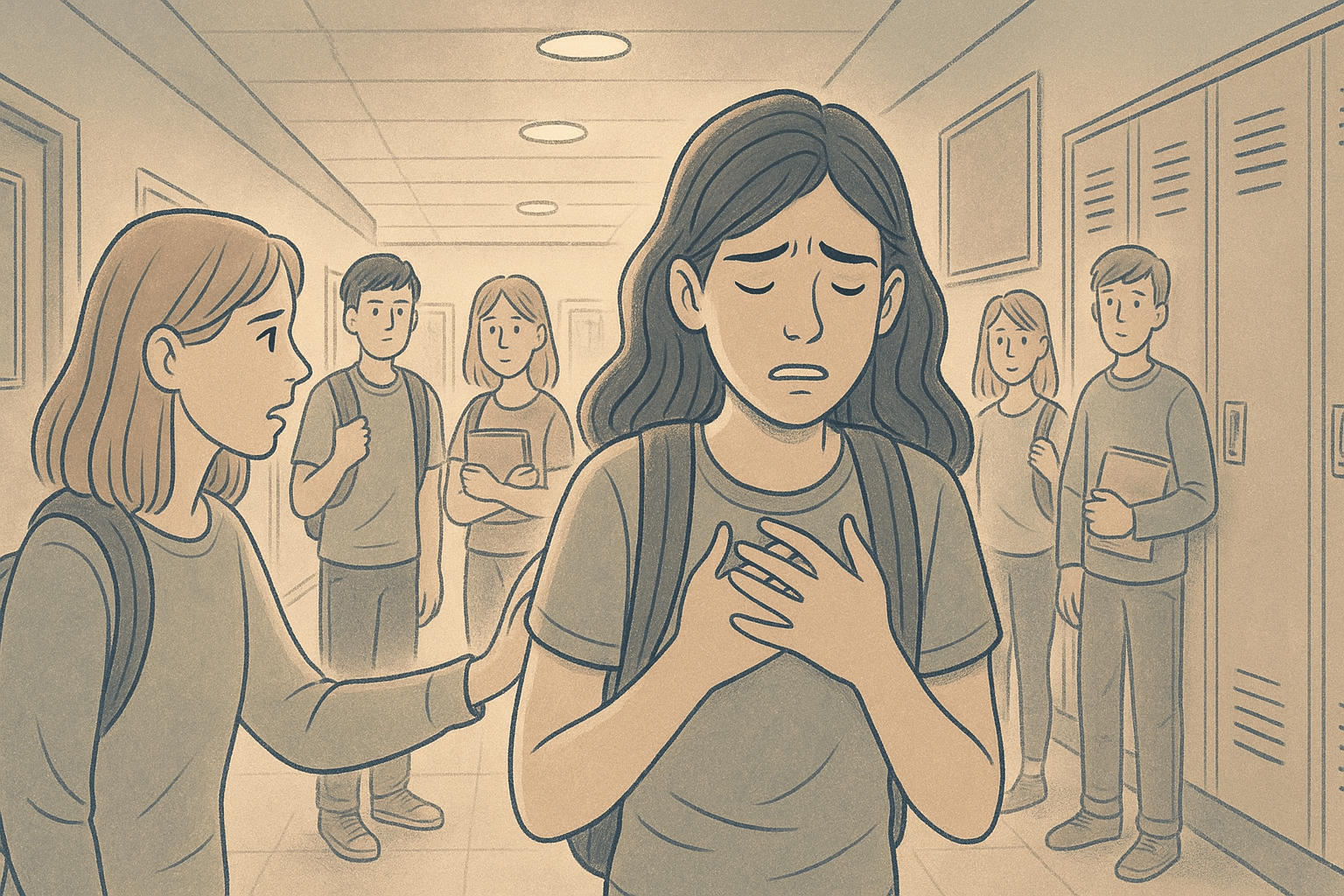
Unexpected panic attacks can happen at any time, while in class or even during sleep.
What makes them particularly distressing for adolescents is their unpredictable nature, which often leads to a persistent fear of having another attack.
This fear-of-fear cycle can significantly restrict your activities and social engagement as you attempt to avoid situations where help might not be readily available if an attack occurs.
Physical Symptoms
Common physical symptoms of panic attack include racing heart, chest pain, shortness of breath, dizziness, trembling, sweating, nausea, and tingling sensations in the extremities.
There are also gastrointestinal symptoms like nausea, stomach discomfort, digestive distress and thermoregulatory symptoms: hot flashes or chills, and sweating.
Mental Symptoms
The psychological experience of unexpected panic attacks is equally intense. Adolescents typically report an overwhelming sense of doom or dread, fear of losing control, and even fears of dying or “going crazy.”
These cognitive symptoms can be particularly troubling for teens who are already managing the complex emotional strain of adolescence.
2. Situational Panic Attacks
Situational panic attacks, also called cued panic attacks, are directly linked to specific triggers or situations. These attacks occur either during exposure to the trigger or in anticipation of it.
For many adolescents, these triggers might include social situations, performance pressures, crowded spaces, or specific phobias. Unlike unexpected attacks, situational panic attacks follow a more predictable pattern, making them somewhat easier to anticipate and address.
Symptom Progression
Unlike unexpected attacks that reach peak intensity quickly, situational panic attacks often follow a more gradual progression. Many adolescents report feeling increasing anxiety as they approach or think about their trigger situation.
This anticipatory anxiety can build for hours or even days before the actual encounter. During exposure to the trigger, physical and psychological symptoms typically intensify rapidly, creating the full panic experience.
This pattern offers opportunities for early intervention that we utilize in our treatment programs.
Avoidance Behaviors
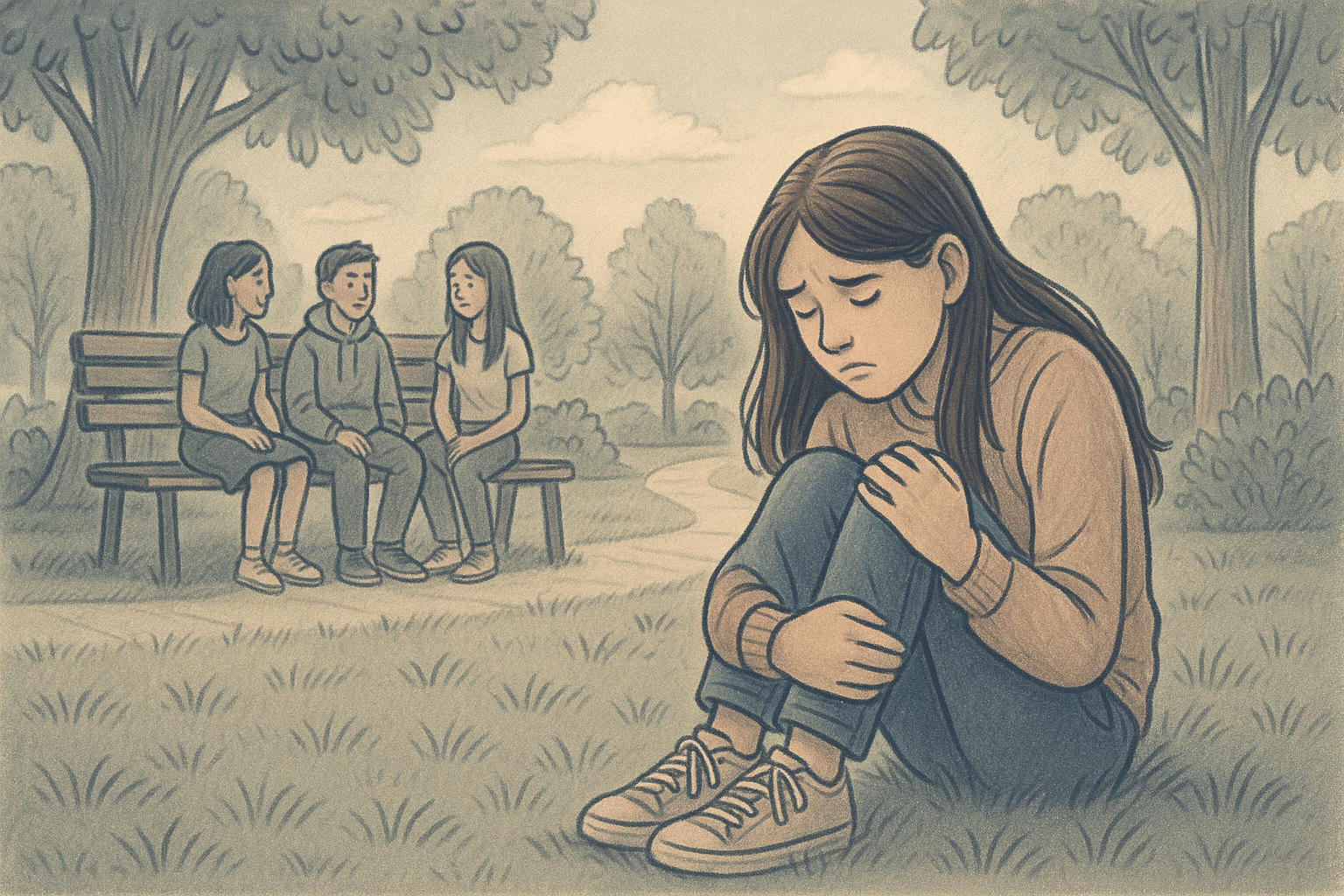
One of the most problematic aspects of situational panic attacks is the development of avoidance behaviors.
Teens’ situational panic attacks naturally begin to avoid situations that have triggered panic in the past, which can significantly restrict their lives and development.
While avoidance provides short-term relief, it actually reinforces anxiety in the long run and can lead to more pervasive functional impairments.
3. Nocturnal Panic Attacks
The third major type of panic attack occurs during sleep, waking you from rest with intense symptoms of panic. These nocturnal panic attacks can be particularly disruptive to an adolescent’s well-being, as they interrupt the crucial sleep that developing brains require.
Nocturnal panic differs from nightmares in important ways. While nightmares involve frightening dream content that wakes the person, nocturnal panic attacks aren’t triggered by dreams but rather occur when the body’s alarm system activates inappropriately during sleep.
Teens experiencing these attacks typically wake suddenly with the same physical and psychological symptoms they might experience during daytime panic.
Sleep Disruption
When nocturnal panic attacks occur, they typically wake adolescents from sleep with a startling intensity. These episodes most commonly occur during the transition from stage 2 to stage 3 sleep, about 2–3 hours after falling asleep. The abrupt awakening with a racing heart, shortness of breath, and intense fear can be profoundly disorienting.
Nighttime Symptoms
The symptoms of nocturnal panic attacks mirror those of daytime attacks but can feel even more intense due to the sudden transition from sleep to a state of extreme arousal. Common symptoms include severe heart palpitations, sweating, trembling, chest discomfort, and feelings of unreality.
You may feel a particularly strong sense of doom or fear of dying during nocturnal episodes. The disorientation of being awakened by these sensations often adds to the distress, as you struggle to process what’s happening in your semi-awake state.
Impact on Rest
The consequences of nocturnal panic attacks extend far beyond the episodes themselves. After experiencing a nighttime attack, many adolescents develop sleep anxiety, fear of going to sleep due to concerns about having another attack.
This can lead to insomnia, sleep avoidance, and chronic sleep deprivation, which in turn can worsen anxiety and trigger more panic attacks, creating a troubling cycle.
Biological Causes of Panic Attacks
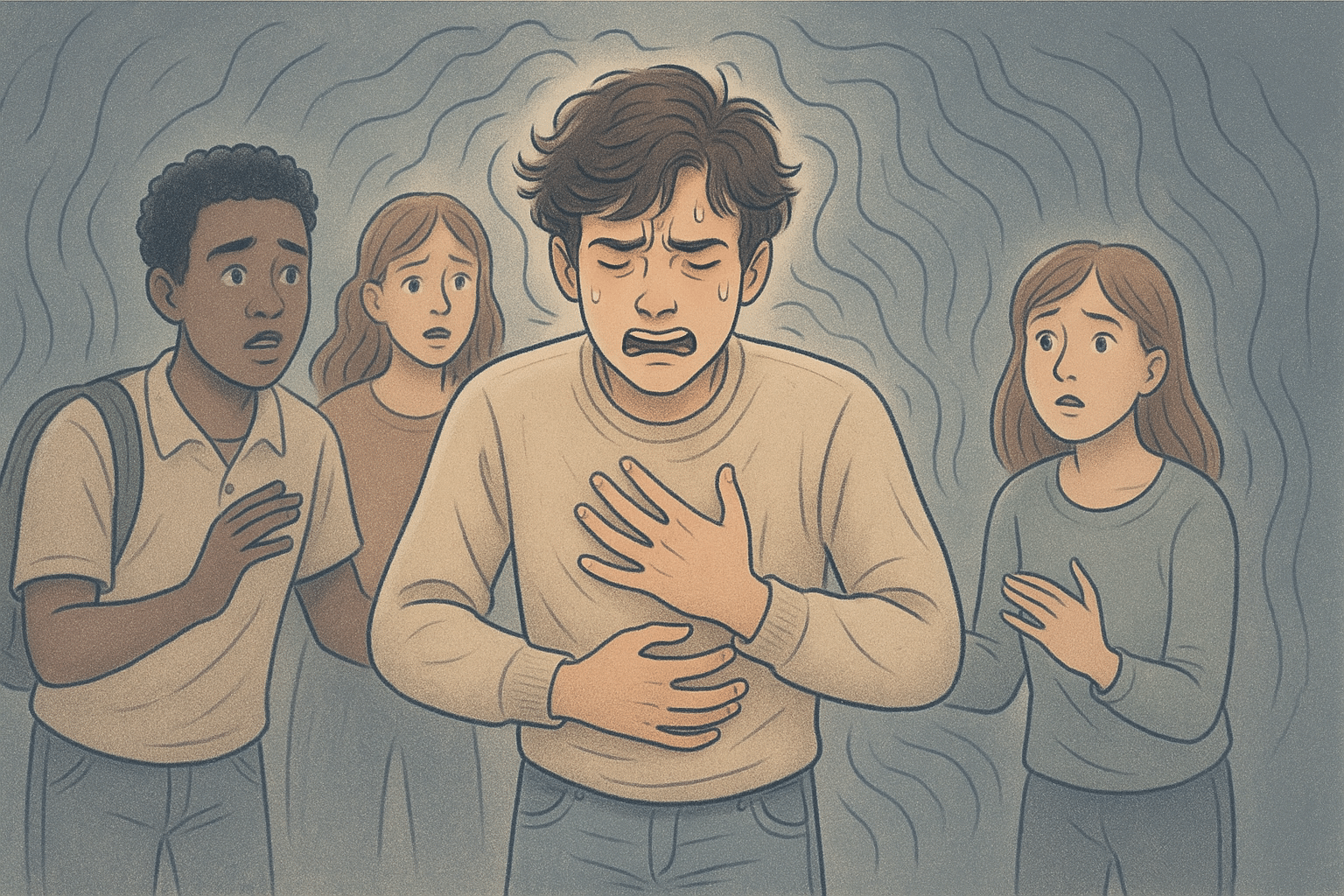
Understanding the biological underpinnings of panic attacks helps you recognize that these experiences aren’t your fault or a sign of weakness.
Brain Chemistry
Research shows that panic attacks involve several key brain regions and neurotransmitter systems.
The amygdala, which processes fear responses, often shows heightened activity in individuals prone to panic. Meanwhile, the prefrontal cortex, responsible for rational thought and emotional regulation, may struggle to effectively modulate these fear responses.
Several neurotransmitters, including serotonin, norepinephrine, and gamma-aminobutyric acid (GABA), play important roles in regulating anxiety and panic. Imbalances in these chemical messengers can lower the threshold for panic attacks, making them more likely to occur.
Genetic Factors
There appears to be a genetic component to panic vulnerability, with research suggesting that panic disorder tends to run in families. While genetics may create a predisposition to panic, they don’t determine destiny.
Even with genetic vulnerability, effective treatment and management strategies can significantly reduce the impact of panic attacks on an adolescent’s life. At Mission Prep, we help families understand these genetic connections without viewing them as limiting factors in recovery.
Environmental Triggers
Stress
Chronic stress is one of the most significant environmental contributors to panic attacks in adolescents. Academic pressures, social challenges, family conflicts, and other stressors can deplete psychological resources and lower the threshold for panic.
Trauma
Teens who have experienced trauma may develop heightened threat sensitivity, making their nervous systems more reactive to potential danger signals. This hypervigilance can trigger panic attacks in situations that remind them of past trauma, even subtly.
Improper Diet
Certain foods can trigger or worsen panic attacks in vulnerable adolescents. Caffeine, a stimulant found in coffee, energy drinks, and many sodas popular with teens, can mimic and trigger panic symptoms.
Treatment Options for Panic Attacks
Therapy Approaches
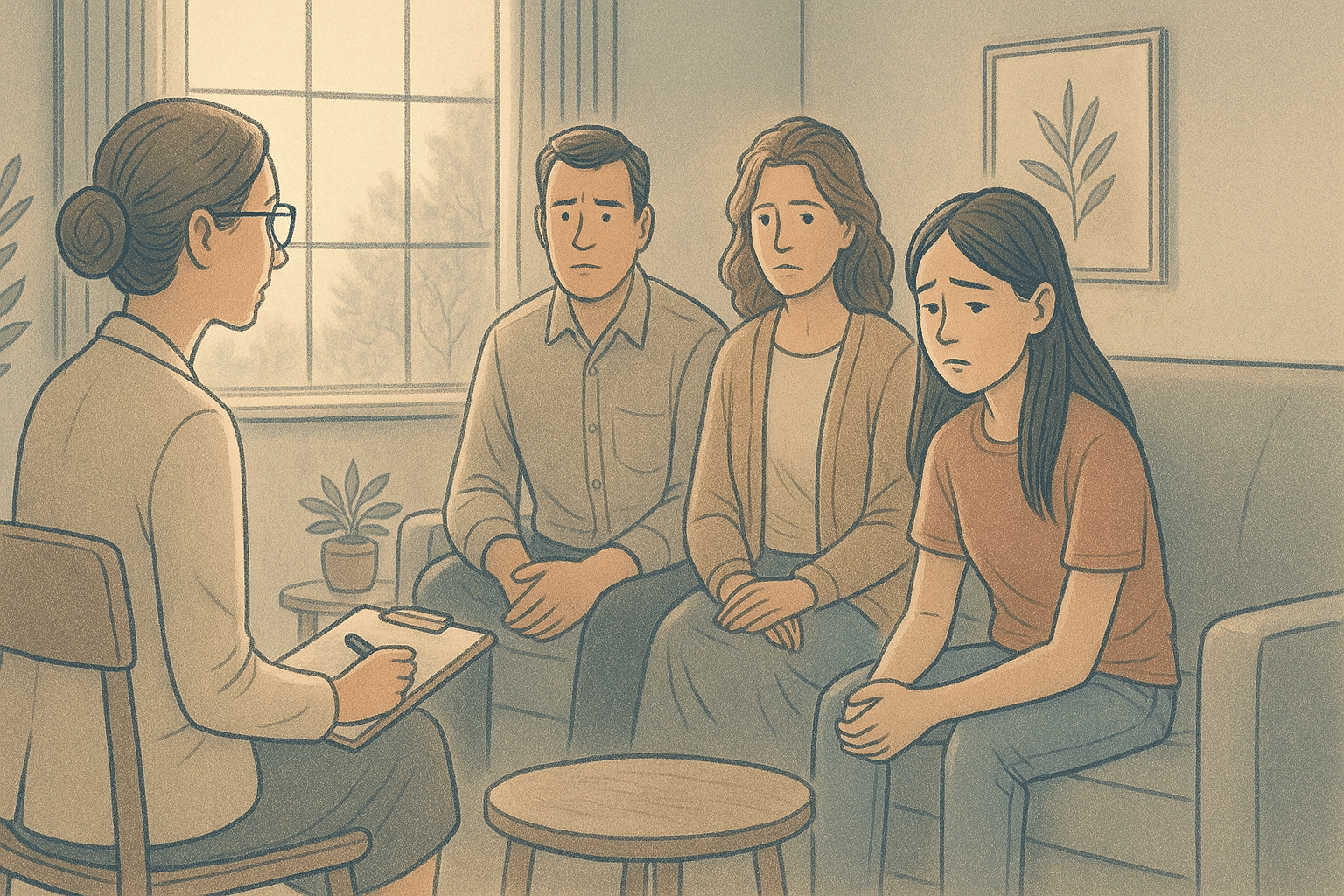
Therapy is often the first line of treatment for panic attacks
Cognitive Behavioral Therapy (CBT) stands as the gold standard treatment for panic attacks in adolescents. This structured approach helps teens identify and challenge anxiety-provoking thoughts while gradually facing feared situations through exposure techniques.
Your therapists will work with you to understand the specific thoughts that fuel your panic, such as catastrophic misinterpretations of bodily sensations, and develop more accurate and helpful perspectives.
For situational panic attacks, exposure therapy helps teens gradually confront feared situations while learning that their anxiety will naturally decrease over time without avoidance or escape behaviors.
For unexpected and nocturnal panic attacks, interoceptive exposure uses controlled exercises that safely reproduce physical sensations associated with panic, like rapid breathing or dizziness. This helps teens become more comfortable with these sensations and learn they aren’t dangerous, reducing the fear-of-fear cycle.
Medication
Selective serotonin reuptake inhibitors (SSRIs) are typically the first-line medication treatment, as they can reduce both the frequency and intensity of panic attacks while addressing underlying anxiety.
In some cases, benzodiazepines may be prescribed for short-term use during crisis situations, though we approach these medications cautiously due to concerns about dependency, especially in adolescents.
Self-Help Strategies
Learning practical skills can help you manage panic symptoms and reduce attack frequency. Breathing techniques form the foundation of panic management, with diaphragmatic breathing helping to counteract the hyperventilation common during attacks.
Progressive muscle relaxation is also very useful as it helps you recognize and release physical tension that can contribute to panic. Regular mindfulness practice builds awareness of body sensations without catastrophic interpretation, a key skill for interrupting the panic cycle.
Comprehensive Panic Attack Treatment at Mission Prep
At Mission Prep, our expertise in adolescent mental health allows us to accurately identify which type of panic attack you are experiencing and develop a personalized treatment plan that addresses your specific needs.

If you are struggling with the unpredictability of unexpected attacks, the limiting avoidance behaviors of situational panic, or nocturnal panic attacks, we can help you at Mission Prep.
Our integrated treatment model combines CBT, exposure techniques, family involvement, and medication when appropriate—all delivered by clinicians who specialize in adolescent development and anxiety disorders.
We understand that panic attacks during the teenage years can significantly impact academic performance, social relationships, and overall development, which is why early intervention is crucial.
Recovery from panic attacks is not only possible but expected with proper treatment. Don’t let panic attacks limit your potential. Contact Mission Prep today to learn how our comprehensive approach can help you overcome panic and build lasting resilience for your future.
Frequently Asked Questions (FAQ)
Can panic attacks cause physical damage?
Many adolescents and parents worry that the intense physical sensations of panic attacks might cause harm to the body, particularly to the heart.
We can confidently reassure families that despite how frightening and physically overwhelming panic attacks feel, they do not cause physical damage to the body.
How long does a typical panic attack last?
Panic attacks typically peak within 10 minutes and resolve within 20–30 minutes, though some symptoms may linger longer. While they feel like they last forever during the experience, panic attacks are actually time-limited events that will pass, regardless of intervention.
Are panic attacks a sign of weakness?
Absolutely not. Panic attacks result from a complex interaction of biological vulnerability and environmental factors, not personal weakness or character flaws. Many highly accomplished, strong individuals experience panic attacks.
Seeking help for panic attacks actually demonstrates courage and self-awareness, qualities that reflect strength rather than weakness.
Can children experience panic attacks?
Yes, children and younger adolescents can and do experience panic attacks, though they may describe their symptoms differently than adults.
Younger children might focus more on physical complaints like stomach aches or feeling sick rather than psychological symptoms. They may not have the vocabulary to express concepts like depersonalization or fear of losing control.
How does Mission Prep’s treatment approach differ for each type of panic attack?
Mission Prep provides individualized treatment plans based on the specific type of panic attacks an adolescent experiences. For unexpected attacks, we focus on CBT and interoceptive exposure to reduce fear-of-fear cycles.
Situational attacks are addressed through gradual exposure therapy and trigger identification. Nocturnal attacks receive integrated treatment combining panic management with sleep hygiene improvements.
Our comprehensive approach includes family involvement, medication when appropriate, and ongoing support to ensure lasting recovery for all types.


